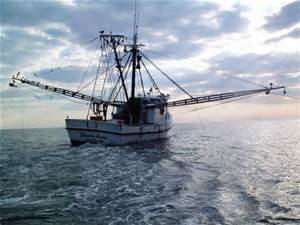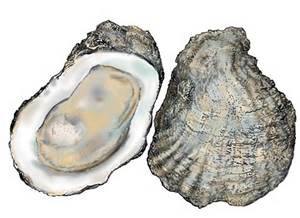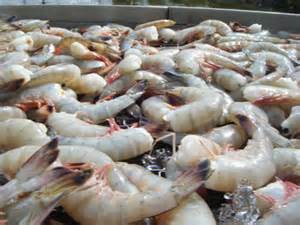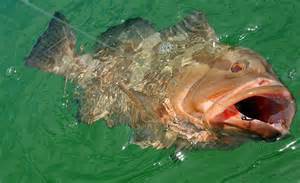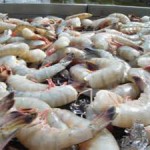
Yea, seafood… who doesn’t like seafood… actually, based on a small scale survey I conducted with marine science students over the last 28 years I have found a slight increase in the number of those who do not. Curious about this, I followed up by asking whether their concern was seafood safety or other. Almost all said they just did not like the taste. Okay… I can take that… there are something I do not like either BUT I LIKE SEAFOOD. The survey also showed that almost every year with young/old or male/female – shrimp was at the top of their favorite list. After shrimp the next 3-4 choices for males was some type of fish. For females it varied – fish, lobster, calamari, to name a few.
So what does this have to do with estuaries…
Well, you may not know this but 90% of the commercial important marine species require estuaries for at least part of their life cycles. Just as humans select a neighborhood to live and raise their kids based on safety and schools – “fish parents” find everything they want for their “kids” in an estuary. They are shallow – allowing light to reach much of the bottom where submerged plants, like seagrasses, can grow. These seagrasses provide hiding places and a place for small algae to attach – which is an important food source for many of them. There are other places for them to hide as well – emergent salt marshes and oyster reefs are biologically very productive habitats. Many of the developing larva and juveniles require lower salinities to begin and complete their life cycles; venturing to the open Gulf only when they have developed a tolerance for the higher salinities. The freshwater discharge not only lowers the salinity it also brings nutrients. These nutrients, along with the sunlight reaching much of the water column, produce an abundance of microscopic plankton – food for the young. The nutrients, thermal mixing, low salinities, and variety of habitats provide a combination for one of the most biologically diverse ecosystems on the planet – a great place to grow up… and much of it we enjoy eating.
Most of what we consume in the seafood world is divided into shellfish and finfish. Some of it is harvested and sold commercially, some we collect recreationally. In the shellfish world we are talking mollusk and crustaceans – two of the most popular seafood groups on the planet. The mollusk include snails, oysters, clams, mussels, scallops, and cephalopods like squid and octopus. Many of these species live in our estuaries their entire life cycle. Most are slow moving creatures – if they move at all – and have provided a living for some humans, recreation for many, for decades – though the landings of these species are on the decline… more on this in a later issue.
Crustaceans include the ever popular gulf shrimp. We actually have three different species of bay shrimp we like – white, brown, and pink shrimp. There are other varieties found offshore we are now consuming, but these have been the big three. Blue crab – my personal favorite – is another popular crustacean. Though these are still harvested commercially, “crabbing” with your kids is a long time popular panhandle activity – and the day always ends well with a great meal. Crustaceans are more mobile and conduct small migrations during their life cycles. Shrimp develop within the estuary and then move offshore for breeding where the incoming tide brings the larva back to the estuary. Blue crabs migrate to the head of the bay for breeding and the females return to the lower end of the estuary for egg development and larva release – they may enter the Gulf during this process but tend to stick to the bays for the entire cycle.
In the finfish world we are talking drum, snapper, grouper, trout, whiting, mullet, flounder, sheepshead, and many more. These species have provided both a living for the commercial fishermen and recreation for families for years. Many species breed and grow within the estuary while others make trips in and out of the bay to complete their cycles. In addition to commercial and family recreation charter fishing has increased as a business along the Gulf coast.
We hope you and your family enjoy local seafood from our bays. There are several websites and apps, such as Seafood@Your Fingertips, that can help you locate local seafood – or you can go catch some yourselves! If harvesting recreationally be reminded that there are regulations and licenses required. You can read more about those at MyFWC.com.
![]()
Posted: September 20, 2015
Category: Natural Resources, Water
Tags: Estuaries, National, Panhandle Outdoors, Seafood, Week
